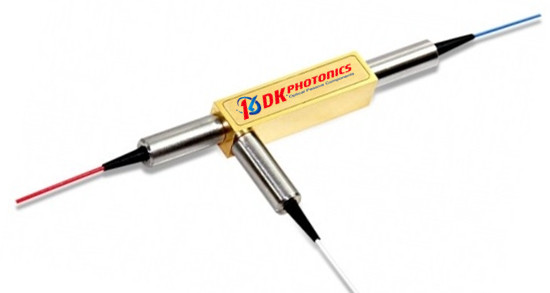A circulator can be identified as an electronic transmitting device made in a ferrous material and intended to help divert a message in a particular direction or destination. A large number of the circulator units accompany various ports, which make it conceivable to guide the signal to the right way. A standard circulator is probably going to incorporate no less than three or four ports. They are usually made to work in conjunction with receivers (antennas), however, there are those transmitters ready to channel microwaves, light, and same signals.

This type of a transmitting device is made to coordinate the flow of electricity as per the energy enters or exists through the ports. A typical style of circulator incorporates three ports which are set at points of 120 degrees separately.
The Optical Circulator
The optical circulator has comparative design and capacity as the optical isolator. It is a nonreciprocal passive device that guides light successively from port 1 to port 2, from port 2 to port 3, and continuously head towards a single direction. The task of a circulator is like that of an isolator aside from the complexity in its construction. Just like a random isolator, optical circulator also uses polarization to carry out its activity.
Several types of circulators are available in the market for commercial use. They have low inclusion loss, high disengagement over a wide wavelength run, polarization dependent loss is low, and low polarization mode scattering.
Typically, the circulator is constructed using Faraday rotators, half-wave plates and a few polaziers.
Polarization Insensitive Optical Circulator – it is practically used for a light with a specific polarization state. The polarization insensitive optical circulator is utilized just as a part of constrained applications, for example, optical sensing and detecting and free-space communications between satellites.
Based on their usefulness, optical circulators can be divided into two categories.
Full circulator: In this, light goes through all ports completing a circle which means light starts from the first port go to the last port and then is always transmitted back to the main/first port. IF we talk about a three-port circulator, light starts from port 1 to port 2, port 2 to port 3, and from port 3 back to port 1.
Quasi-circulator: Here, light goes through all ports in sequence; however, light from the last port is lost and can’t be transmitted back to the primary port. In a quasi three-port circulator, light goes through from port 1 to port 2 and port 2 to port 3, however any light from port 3 is lost and can’t be spread back to port 1. In many applications just a quasi-circulator is required.
Without a circulator, numerous applications must be supplanted by a 3dB fiber coupler which will present 3dB losses. The utilization of circulator provides a similar objective with maintaining less than – 1dB insertion loss.